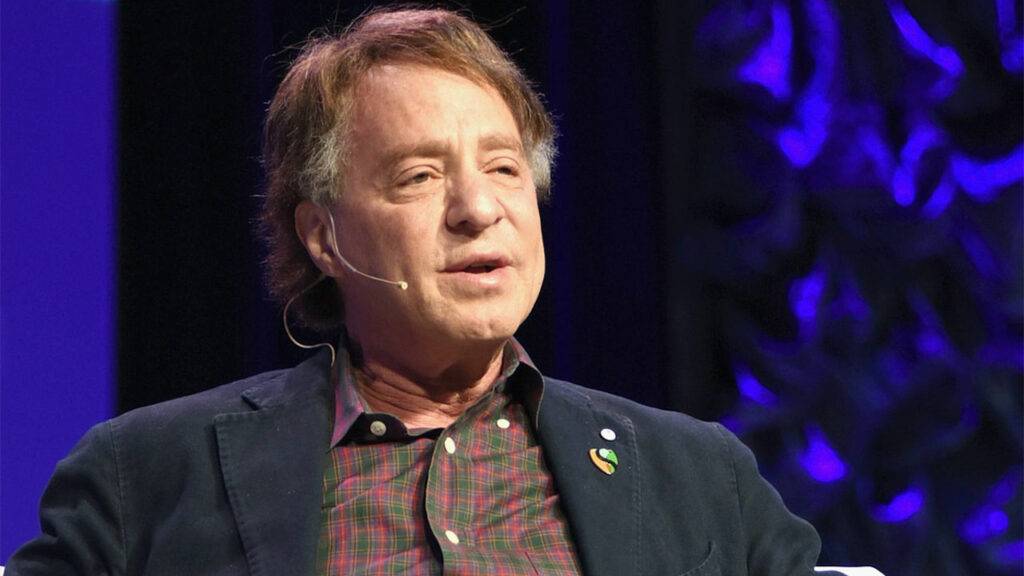Raymond Kurzweil, a prominent figure in the realms of technology, futurism, and artificial intelligence, has left an indelible mark on the world through his pioneering work and visionary ideas. Let’s delve into the life and achievements of this remarkable individual.

Who Is Ray Kurzweil?
Raymond Kurzweil, born on February 12, 1948, is a prominent figure in the fields of computer science, authorship, invention, and futurism. With his involvement in various technological advancements like optical character recognition (OCR), text-to-speech synthesis, and speech recognition technology, Kurzweil has significantly impacted multiple domains.
He is also known for his contributions to electronic keyboard instruments. Kurzweil’s extensive literary works span across health, artificial intelligence (AI), transhumanism, the technological singularity, and futurism.
Additionally, he is a vocal advocate for the futurist and transhumanist movements, often sharing his optimistic outlook on emerging technologies such as nanotechnology, robotics, and biotechnology through public talks.
Ray Kurzweil’s Age
Ray Kurzweil was born on February 12, 1948, in Queens, New York, making him 76 years old as of now. Raised in a secular Jewish family in Queens, Kurzweil’s upbringing exposed him to a diversity of religious faiths through Unitarian Universalism.
His parents, Fredric and Hannah, influenced his early interest in invention and technology. Kurzweil’s fascination with inventing began at the tender age of five, shaping his future endeavors significantly.
Ray Kurzweil’s Height
Standing at 5 feet 6 inches (1.7 meters) tall, Ray Kurzweil’s physical stature complements his towering intellectual contributions. Despite his modest height, Kurzweil’s impact on technology and futurism has been monumental.
Ray Kurzweil Wikipedia
Ray Kurzweil’s Wikipedia page offers an insightful glimpse into his remarkable career trajectory. Not only has he received prestigious honors like the 1999 National Medal of Technology and Innovation from President Bill Clinton, but he’s also been awarded the $500,000 Lemelson–MIT Prize in 2001.
His induction into the National Inventors Hall of Fame in 2002 further underscores his profound influence in the technological sphere. With 21 honorary doctorates and accolades from three U.S. presidents, Kurzweil’s contributions have been widely celebrated.
Kurzweil’s early life in Queens, New York, laid the foundation for his future endeavors. His parents’ involvement in the arts and his exposure to various religious philosophies instilled in him a curiosity about the future and technology. From a young age, Kurzweil displayed a keen interest in invention and computer science.
By the age of 15, he had already written his first computer program and won acclaim for his pattern-recognition software at the International Science Fair. Kurzweil’s early successes propelled him into a trajectory of groundbreaking innovation, setting the stage for his later achievements.
Ray Kurzweil’s New Book
Kurzweil’s upcoming book, “The Singularity is Nearer: When We Merge with AI,” is highly anticipated. Set to release on June 27, 2024, this book promises to delve into the transformative impact of technology on humanity in the coming decades.
Building upon his previous work, “The Singularity Is Near,” Kurzweil’s latest offering is expected to provide profound insights into the convergence of human and artificial intelligence.
In conclusion, Ray Kurzweil’s influence spans across multiple domains, from his groundbreaking inventions to his thought-provoking literary works.
As he continues to explore the intersection of technology and humanity, his contributions serve as a beacon for those navigating the complexities of the digital age. With his upcoming book poised to provoke further contemplation on the future of AI and its implications, Kurzweil’s legacy as a visionary thinker remains unparalleled.


